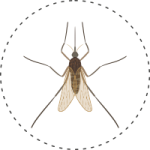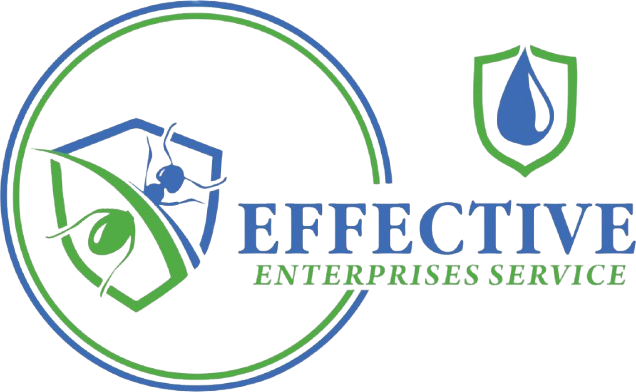Mosquito Control
ABOUT
Mosquitoes are insects belonging to the order Diptera, the True Flies. Like all True Flies, they have two wings, but unlike other flies, mosquito wings have scales. Female mosquitoes’ mouthparts form a long piercing-sucking proboscis. Males differ from females by having feathery antennae and mouthparts not suitable for piercing skin. A mosquito’s principal food is nectar or similar sugar source.
TYPES
Mosquito Egg Raft
Mosquito Larva
Mosquito Pupa
Mosquito Adult
FLY AND MOSQUITO CONTROL
Mosquito control can be divided into two areas of responsibility: individual and public. Most often it’s performed following the Integrated Mosquito Management (IMM) concept. IMM is based on ecological, economic and social criteria and integrates multidisciplinary methodologies into pest management strategies that are practical and Larval Surveillanceeffective to protect public health and the environment and improve the quality of life. IMM strategies are employed in concert with insecticide. These include source reduction, which incorporates physical control (digging ditches and ponds in the target marsh) and biological control [placing live mosquito fish (Gambusia) in the ditches and ponds to eat mosquito larvae]. Other non-chemical control methods include invertebrate predators, parasites and diseases to control mosquito larvae. Adult mosquito biological control by means of birds, bats, dragonflies and frogs has been employed by various agencies. However, supportive data is anecdotal and there is no documented study to show that bats, purple martins, or other predators consume enough adult mosquitoes to be effective control agents.


